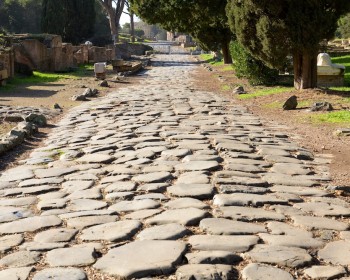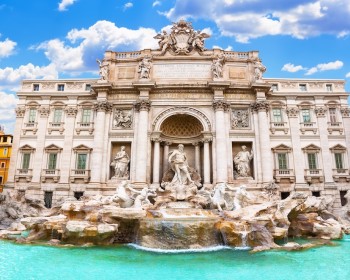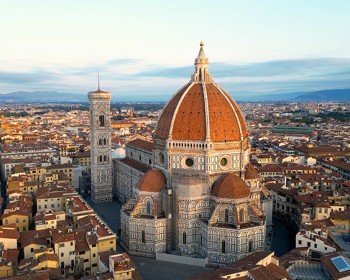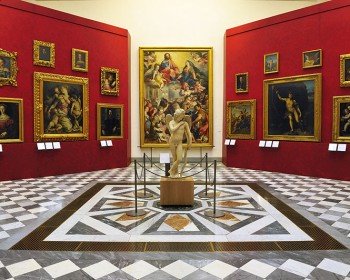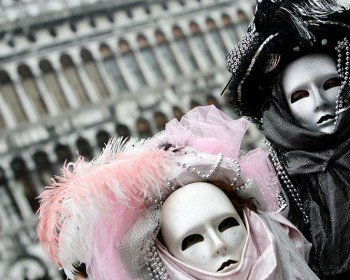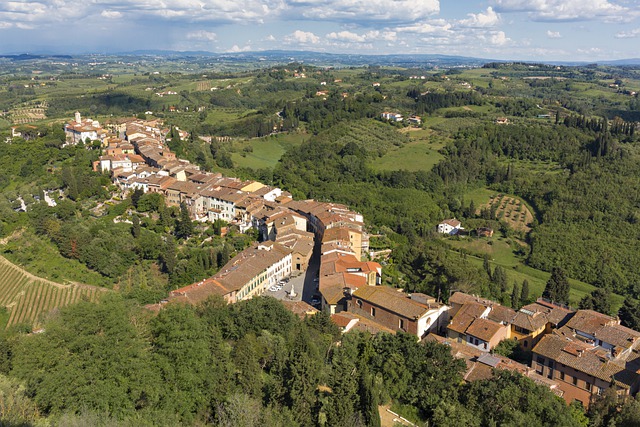
Throughout its history, travelers from all over the world have stopped there such as Frederick II, known as Barbarossa, the French philosopher Michel de Montaigne, the poet Wolfgang Goethe and even some Popes who chose San Miniato as their residence.
Today, it is the perfect stop along a Pisa and Lucca Day trip from Florence for anyone looking to explore the off the beaten track of Tuscany.
Check out below to discover its millenary secrets!
The history behind Sistine Chapel’s frescoes
While the beauty of Sistine Chapel is well known, not many know that Michelangelo painted its two masterpieces of Sistine Chapel in different times.
The biggest challenge of his life as an artist began in 1506, when he received a commision from Pope Julius II, who asked him to paint the upper levels of Sistine Chapel’s ceiling. Michelangelo had already been working for Julius II: he commissioned Michelangelo his marvellous tomb in the iconic St. Peter’s Basilica. Unfortunately, he didn’t complete it since they had both so hot tempers that they argued several times until the artist left Rome for Florence secretly.
In 1508, Michelangelo returned to Rome although he was hesitant about starting this work, since he was mostly renowned as sculptor rather than painter.
Later in 1533, Michelangelo was working on several projects at St. Lawrence Basilica in Florence for Clemente VII, when he decided to meet the Pope in San Miniato again. At that time, Clemente VII was traveling to France and he had some rest in the magnificent town of San Miniato. As the legend recounts, during their meeting in one of the ancient buildings that are now turned into a hotel, Michelangelo was called once again to work on the impressive decorations of Sistine Chapel.
This time, the Pope asked him to paint the wall behind the altar, which ultimately will be known as the Last Judgement. While the Pope claimed the “resurrection” as the main theme of the fresco, Michelangelo didn’t agree with him and proposed the actual theme.
What to see in San Miniato
The countless events that took place in San Miniato, from ancient times to recent days, had left an unforgettable legacy both in its culture and places. No visit to this stunning Tuscan city can miss a stop to its fascinating masonry Cathedral, located in the old town in the so-called Prato del Duomo, a lovely Square on the upper district of San Miniato.
Built around the XII Century on the ruins of an older church, the Cathedral was dedicated to Virgin Mary. Later, the building was renovated by the order of Frederick II with fine decorations with 32 ceramic basins on the façade. They stand for the Chariots of the Orsa constellations that point towards the white and green polar star. It was meant to be a message to all pilgrims who, through the help of Christian faith, are coming closer to Heaven.
Just across the square, it is possible to admire the Bishop’s palace, the City Hall, Palazzo dei Vicari and the stunning Matilde Tower in romanesque-style, the Bell Tower named after Matilde di Canossa.



